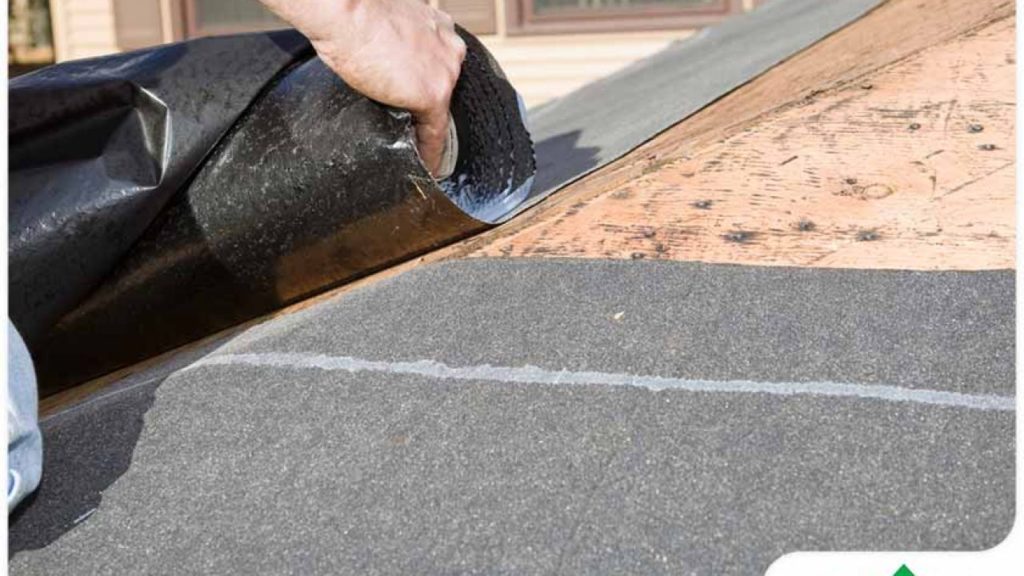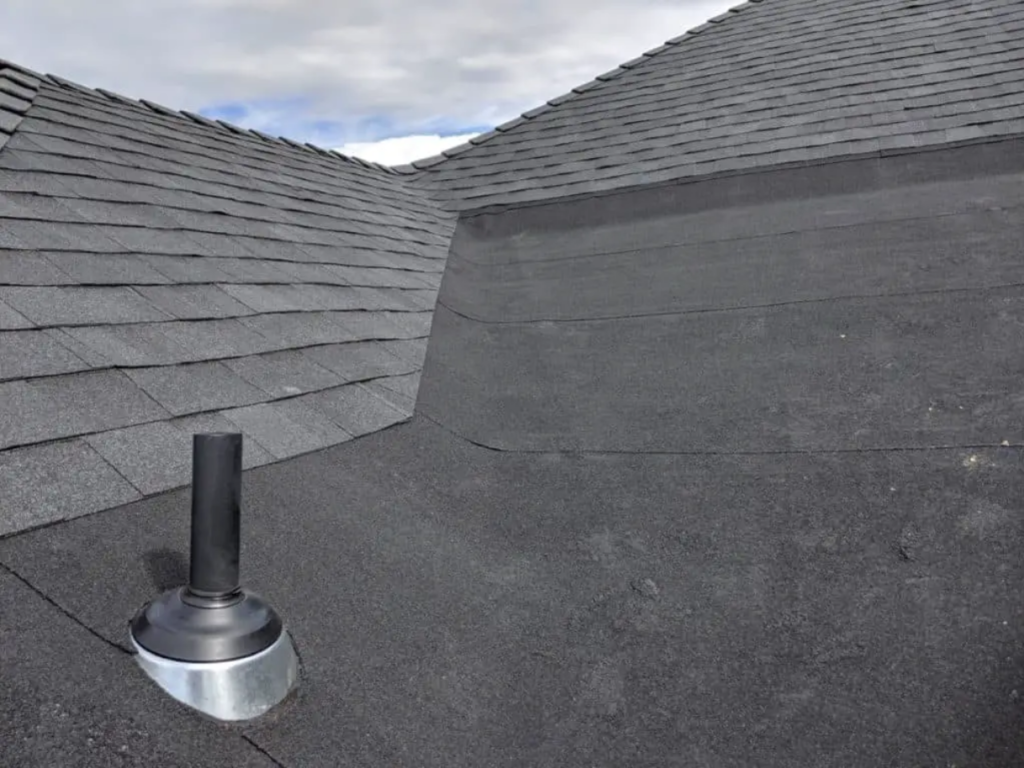What is a Roof Underlayment?
When it comes to roofing, many homeowners are unaware that there is a layer of protection between the roofing materials and your house. This layer of protection is called roofing underlayment.
Types of Roof Underlayment
Construction of roofs demands significant investment, so choosing the right type of roof underlayment becomes important.
Today, there are four main types of roofing underlayment materials available in the market:-
- Fibre cement
- Asphalt-saturated felt
- Rubberized asphalt
- Non-bitumen synthetic is also known as synthetic underlayment
Fibre cement boards are water-resistant, fire-resistant, and termite resistant.
Asphalt-saturated felt and synthetic underlayment are water-resistant. Rubberized asphalt underlayment is waterproof.
1) Fibre Cement Boards
When it comes to the best material for roof underlayment, fibre cement board came up as the best option over the other material because the right underlayment for your roof will keep moisture, cold weather, and stifling summer air out, giving your roof a longer life.
Fiber Cement boards are more popularly used in underlay roofing applications than the other material. Because it is a highly durable material manufactured from a homogeneous mixture of cement, pozzolana, a superior grade of cellulose fibre and binders of a siliceous base. Fibre cement sheets are increasingly preferred for roofing, cladding, and siding solutions.

Advantages of Fibre Cement Boards:-
- Light in weight
- Heat and fire-resistant
- Weatherproof
- Easy to cut and drill
- Absorbs sound
- Eco-friendly
- Asphalt-Saturated Felt
Asphalt-saturated felt
It is one of the most common types of roof underlayment before the other type gain traction. It consists of either an organic or fibreglass substrate. Of the two organics is much more common.
It is made from a premium-quality organic mat and saturated with high-grade asphalt.
While this type of roof underlayment is waterproof but not 100% waterproof like fibre cement boards. Even this type of roof underlayment does not work well under UV rays or heat.
A poor quality, asphalt-saturated felt roof underlayment is at high risk of failure. Specifically, if the underlayment absorbs moisture, this will damage the roof deck.

- Rubberized Asphalt
Rubberized asphalt is more expensive than other types of roofing underlayment. It is made of asphalt concrete and crumb rubber procured from recycled tires. It is a peel-and-stick product. It adhered directly to the decking without nails, it can create a rigid seal to keep water away from the decking.
This type of roofing underlayment material contains an important key ingredient called bitumen, which is popular in both residential and commercial roofing applications.
It is known for its durability, weather resistance, waterproof nature, and resistance to thermal shock. But it is more expensive than other types of roofing underlayment.
A fibre cement board comes as the best option against rubberized asphalt. It is less expensive and has all qualities that rubberized asphalt have.

Non-Bitumen Synthetic
This synthetic underlayment contains asphalt with the addition of fibreglass, polyethylene, and polypropylene which give superior tear resistance and stability to the product. It is light in weight, long-lasting, water-resistant, fungus resistant, and easy to install.
The main drawback of this synthetic underlayment is that it is more expensive.

Why Roofing Underlayment is Necessary For Your Roof?
Roof underlayment is more than necessary; good quality roof underlay can keep your roof last for years.
A Roofing Underlayment Will:
- It protects your attic and other roofing components from moisture penetrating through the roof.
- Add extra insulation to your home to keep it from being drafty.
- It works as a secondary ambient barrier, optimizing the heat and sound insulation.
Ecopro fibre cement board is very popular for roof underlayment applications. It is a highly durable material manufactured from a homogeneous mixture of cement, pozzolana, a superior grade of cellulose fibre and binders of a siliceous base.
EcoPro fibre cement boards increase the aesthetic value of the building. It is cost-effective, durable, takes less time for installation, and requires no maintenance at all.
